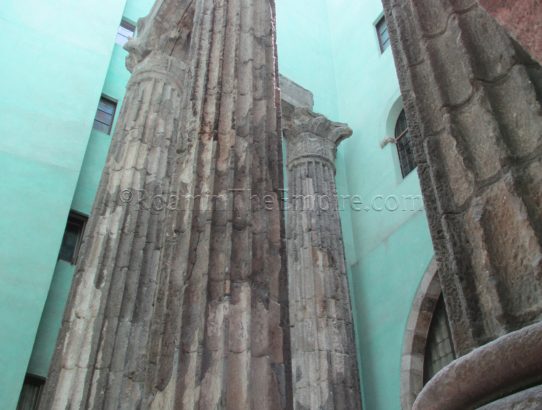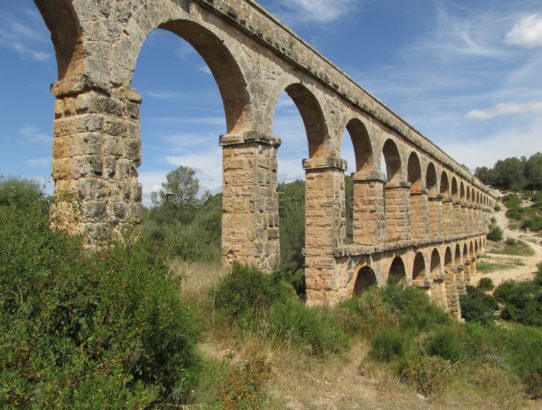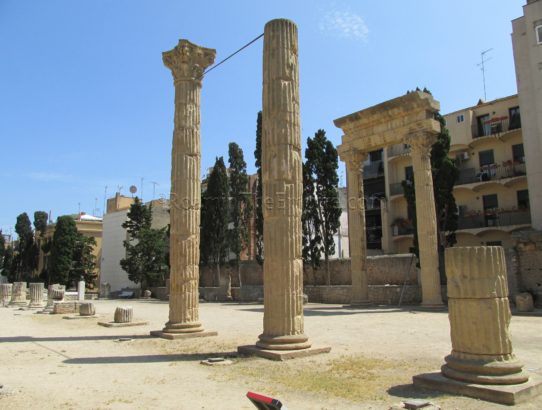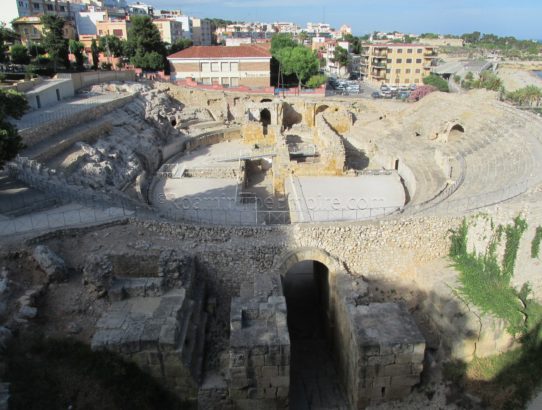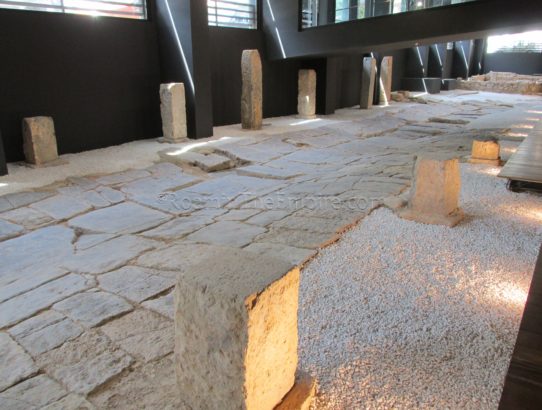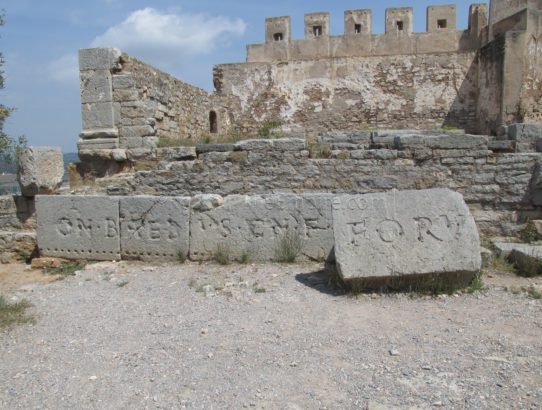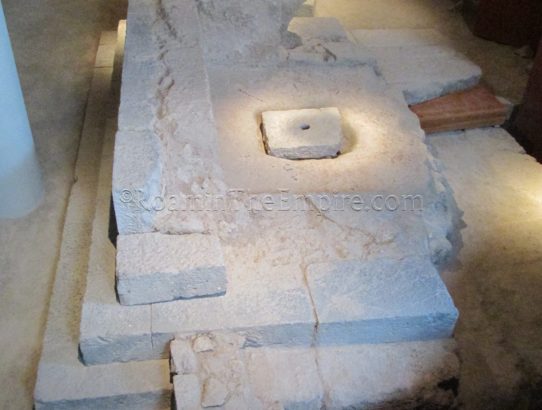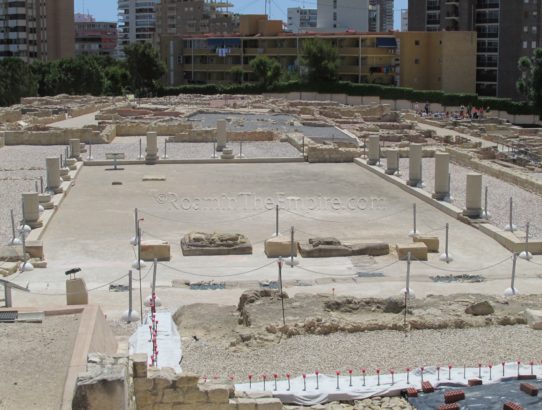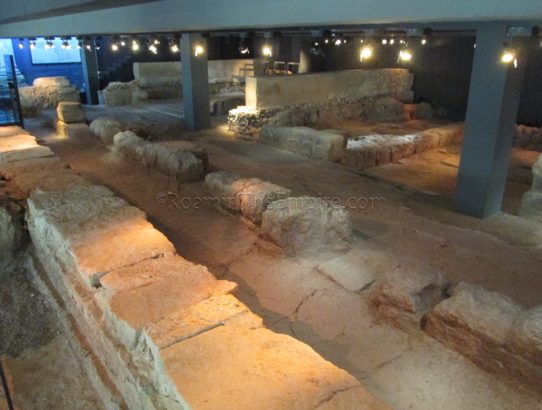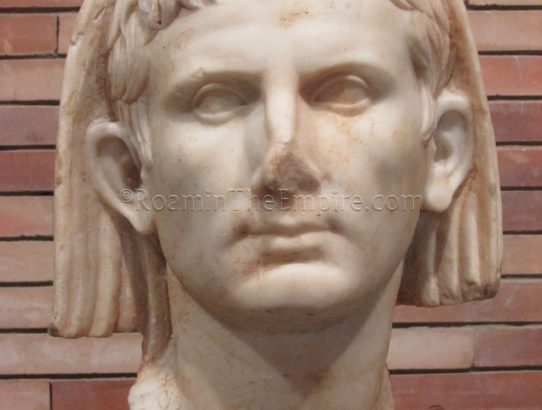Barcino, Hispania Tarraconensis
Most Recent Visit: June 2016 The site of modern day Barcelona seems to have been occupied well before the arrival of the Romans. According to legend, a city was founded on the location by Hercules. Another legend places the name Barcino as being derived from the Carthaginian Barcid family and was founded by Hamilcar Barca….
Read More


